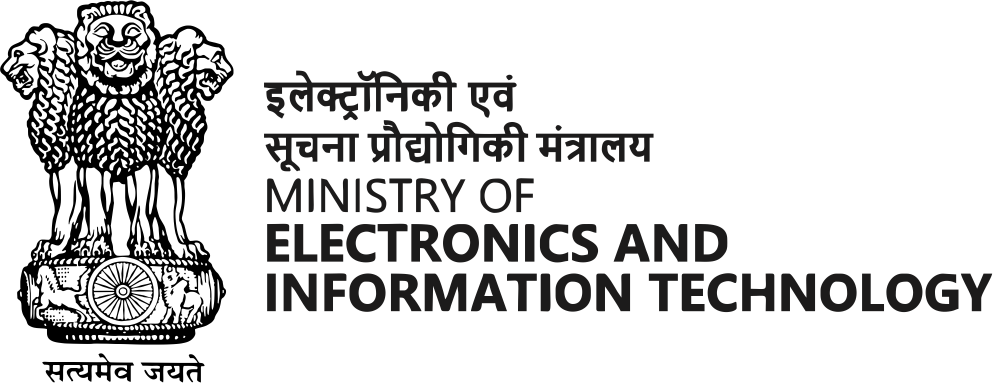Know about what the Law Says
Sharing private pictures, messages or videos especially of those under 18 either belonging to you or others with/without permission is serious violation of privacy, it can amount to sexual harassment and is punishable by law. Sexting is not defined or addressed by any law in India. But it may attract the following provisions depending upon the modus operandi and the consequences: Ss. 354 (D), 509 IPC, and Sec.66E, 67 & 67A & B of IT Act is also applicable.
- Information Technology (IT) Act, 2000 (amended in 2008)
66E– This section lays down the punishment for knowingly or intentionally capturing, transmitting or publishing the private areas of a person without their consent, in a circumstance where they can have a reasonable expectation of privacy and of not being photographed, whether in a public or a private place.
67– This section addresses obscenity by saying ‘Whoever’ transmits, publishes or causes to be transmitted or published, any material that is ‘lascivious’, or which appeals to the ‘prurient interest’ is punished under this section.
67A– This Section addresses sharing of sexually explicit contents Whoever publishes or transmits or causes to be published or transmitted in the electronic form any material which contains sexually explicit act or conduct shall be punished on first conviction with imprisonment of either description for a term which may extend to five years and with fine which may extend to ten lakh rupees and in the event of second or subsequent conviction with imprisonment of either description for a term which may extend to seven years and also with fine which may extend to ten lakh rupees.
67B– This Section addresses punishment for child pornography and this may be the closest provision for sexting offences for teens and children. While the section is quite extensive, in the context of sexting it penalizes ‘whoever’ transmits, publishes or causes to be transmitted or published, or collects, downloads, seeks, browses, promotes, advertises, exchanges or distributes any material that depicts children in an ‘obscene’ or ‘sexually explicit’ manner. Recording your own, or another’s sexual abuse on children is also criminalized under this section.
- Protection of Children from Sexual Offences (POCSO) Act, 2012
13– This section defines ‘child pornography’ as any person using a child for sexually gratifying purposes, in circumstances which depict the child’s sexual organs, where the child is used in real or simulated sexual acts, or when he/she is depicted in any obscene or indecent manner.
14– This section states the punishment for the offence in the previous section.
15– Broadly, this section criminalizes the possession or storage of child pornography by any person with the intention of transmitting, propagating or distributing it. According to the 2018 NCRB Crime Statistics for adults, 6325 cases were filed under Sections 67, 67A and 67B of the IT Act in all States/UT’s and Metropolitan areas. For juveniles, 65 cases were filed under these sections. It is not possible to ascertain how many of these were consensual acts. However, a study conducted by Point of View, an NGO working for gender justice, found that out of 99 cases registered under S. 67 (in the years 2015-17) only 28 were non-consensual in nature. The NCRB report also states that 1543 cases were registered against juveniles under POCSO. While most of these are probably for consensual sexual intercourse rather than pornography, they provide a glimpse into the possible future when sexting among teens becomes just as prolific.
Source: Trend Micro Hootsuite



